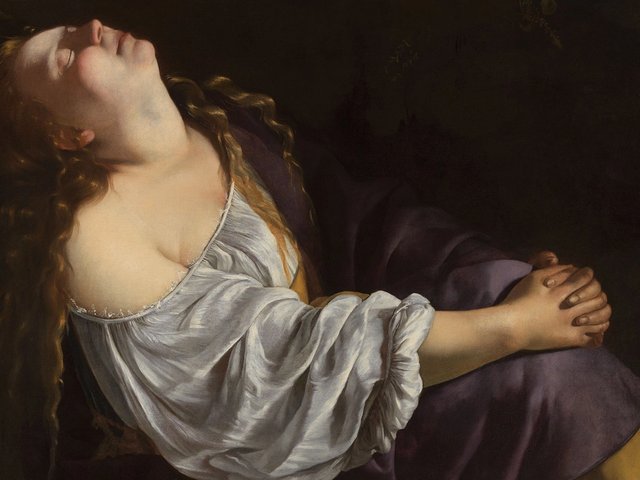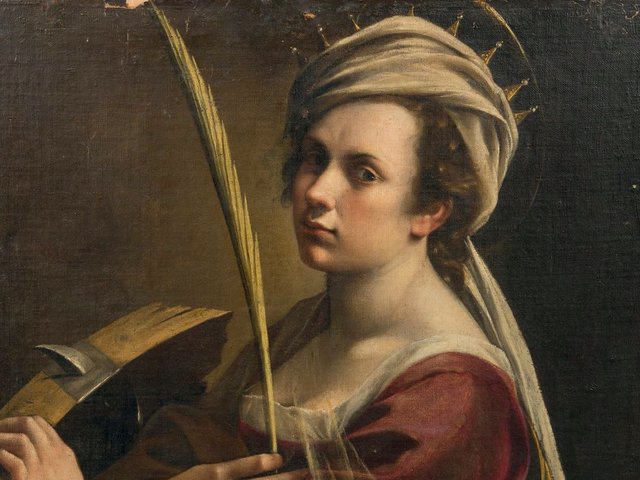The journalist and art historian Nick Trend is not keen on art-isms. In his quest to find a new way of looking at paintings and sculptures over the centuries, Trend struck upon the idea of highlighting instead “art firsts”, from the first nude self-portrait painting (Allegory of Inclination, around 1614, by Artemisia Gentileschi) to the “first feminist painting” (Reading Le Figaro, 1878, by Mary Cassatt). He spoke to us about why he chose the theme and how such choices are often subjective.
The Art Newspaper: Where did the idea of “firsts” come from?
Nick Trend: Two “firsts” have long intrigued me: Van Eyck’s self-portrait in London’s National Gallery, and Botticelli’s Birth of Venus in the Uffizi Galleries in Florence. Then, about three or four years ago, I started to wonder about smiles in art. It gained momentum from there. I’m fully aware that the concept is a contentious and occasionally problematic one, fraught with uncertainties and requiring lots of caveats. But I also think that it is an intriguing and, hopefully, engaging way to think about significant shifts and turning points in art history.

Nick Trend
Did the categories come to mind easily?
I had lots and lots of ideas for potential categories. The hard part was trying to hone them down so that I could find a selection that worked as a way of constructing a broader history. I needed a good variety of themes and subject matter, and a long chronology, which, eventually, was to begin with Giotto and end up with Georg Baselitz and Banksy.
Which part was the most enjoyable to research and write?
I made a conscious effort to try to include as many women artists as I could. Not just as candidates for the “firsts” themselves, but among the examples of later works which are included in each chapter as illustrations of how themes have developed. I learned a huge amount and was particularly pleased to learn more about Sofonisba Anguissola, who made some wonderful paintings, and discover Marie-Guillemine Benoist and Jeanna Bauck.
Are your choices purely subjective or verified by other art historians?
I have researched each of them as thoroughly as I can, and had many conversations with other art historians, journalists and curators, some of whom were kind enough to check over my final selections (though not as any sort of formal peer review). Some of the paintings highlighted are regularly quoted as “firsts”, so they were relatively straightforward to check. Others required a lot of digging and sifting. And obviously I now live in constant trepidation of discovering I have missed something. I had a moment in Cremona the other day when I spotted a virtually unknown and unattributed 15th-century smiling Madonna (and a terrible painting, as it happened). Luckily, I don’t think it pre-dates my first smile, which is a portrait by Antonello da Messina. I suppose you might detect some subjectivity, or at least issues of judgement rather than fact, in one or two of the categories I have chosen. My first scream, for example, is Munch’s famous painting. Many images of people screaming were made before this, of course. But my contention is that it is the first painting “about” screaming, perhaps, indeed, the first to distill existential angst into a single image.

First self-portrait: Jan van Eyck, Portrait of a Man (1433) © The National Gallery, London
Why end with a market element in Raphael’s The Alba Madonna, the first million-dollar painting?
This, the last chapter in the book, is clearly something of an outlier. But I thought it was a way of highlighting the fact that it isn’t only artists and their patrons who change our ideas about art and what it is for. Collectors and the public are also part of the process. Obviously, there has been an art market for centuries, and individual works have achieved high prices throughout history. But the explosion in values and the publicity around auctions and sales in the last few decades has been without precedent. I suppose the first million-dollar painting is an arbitrary point at which to start. But it allowed me to introduce the theme of how and why we value art, and discuss how changing tastes affect those evaluations.
• Nick Trend, Art Firsts: The Story of Art in 30 Pioneering Works, Laurence King Publishing, 208pp, £16.99 (pb)





